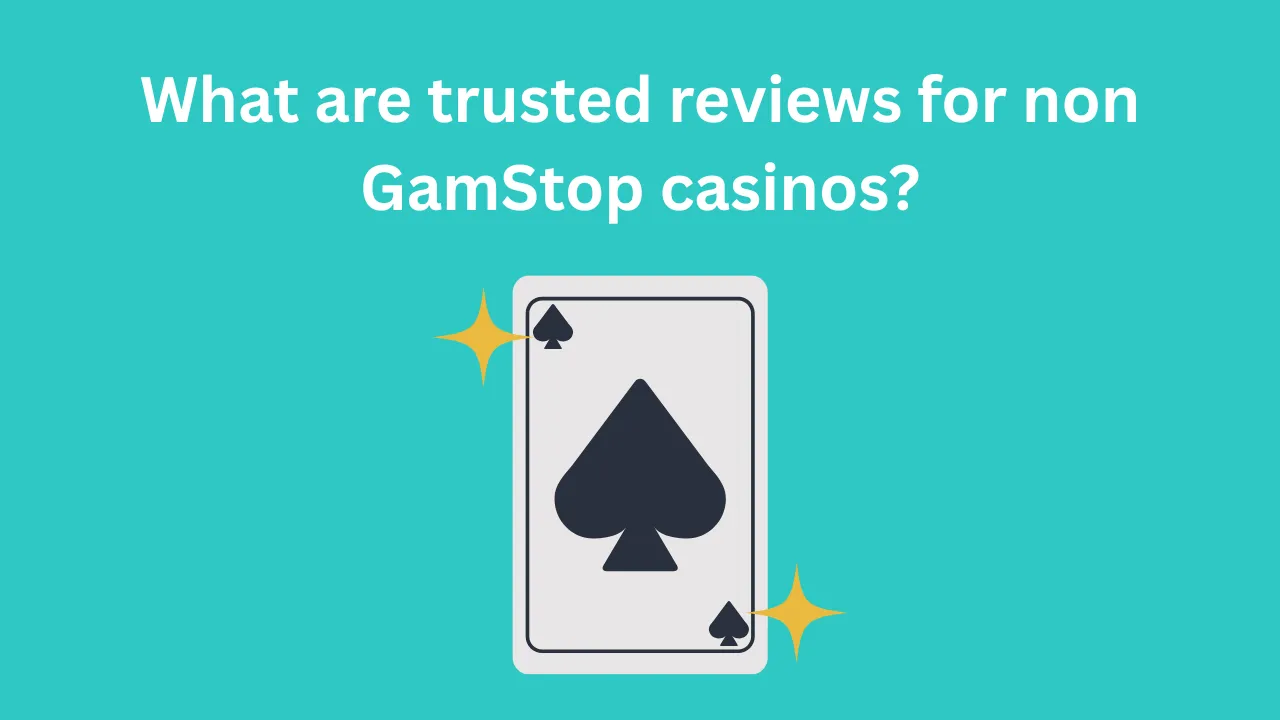It’s a Saturday evening, the virtual poker room is buzzing, and you’re seated among dozens of competitors vying for the top prize. As the cards are dealt and the chips stack up, you realize that winning isn’t just about luck—it’s a matter of understanding how others think and react under pressure. That’s where game theory comes in. Originally developed by mathematicians to study strategic decision-making, game theory offers a powerful lens for dissecting and mastering the dynamics of multiplayer casino tournaments.
Casino tournaments—from Texas Hold’em poker to blackjack shootouts—are rich, strategic battlegrounds. Unlike cash games, where you can retreat or reload at will, tournaments impose fixed chip counts, escalating blinds, and time constraints. Every decision carries weight, and every opponent’s move can ripple across the table. Game theory helps you anticipate, adapt, and capitalize on these interdependencies to maximize your chances of deep runs and final-table glory.
Let’s dive into the core concepts, explore how they manifest in various tournament formats, and unveil practical strategies you can employ whether you’re playing live in a brick-and-mortar card room or on one of the many new online casinos uk.
Understanding Game Theory Basics
At its heart, game theory studies how rational actors make choices in competitive settings. In multiplayer casino tournaments, the “players” are, quite literally, the competing gamblers, each aiming to maximize their own payoff—whether that’s chips, prize money, or bragging rights.
One foundational idea is the payoff matrix: a table that maps each player’s potential actions to outcomes, reflecting both individual rewards and opponents’ reactions. For instance, in a poker hand, you might choose to fold, call, or raise. Each action affects not only your chip stack but also the choices and expected outcomes for the other players.
Another vital concept is Nash Equilibrium, named after mathematician John Nash. It describes a state where no player can improve their expected payoff by unilaterally changing strategy. In practical terms, when a poker table reaches a Nash Equilibrium, your opponents’ tendencies for aggression, bluffing, or tight play balance out in such a way that deviating from your optimal mixed strategy offers no net gain.
Lastly, zero-sum games are particularly relevant. In zero-sum scenarios, one player’s gain is exactly another’s loss. Many casino tournaments approximate zero-sum conditions—especially in heads-up play—because the sum of chips in play is fixed and redistributed among fewer contestants as the field narrows.
Key Concepts You’ll Use
-
Mixed Strategies: Rather than always choosing the same move, you randomize between options with calculated probabilities. Think of bluffing in poker only some of the time—enough to keep opponents guessing, but not so often that your bluffs lose credibility.
-
Dominance: Eliminating obviously inferior strategies. In blackjack tournaments, for example, it’s usually dominated to deviate from basic strategy when the previous table success rate is low.
-
Sequential Games: Many tournament decisions unfold over time, with early actions shaping opponents’ perceptions and future choices. Recognizing the sequential structure lets you set traps or bait top players into costly patterns.
Game Theory in Casino Tournament Structures
Tournament design profoundly influences strategic decision-making. Different formats introduce unique strategic pressures, all of which are illuminated by game theory.
Freezeouts vs. Rebuys and Shootouts
-
Freezeout tournaments offer no rebuys; once your chips are gone, you’re eliminated. Here, conserving chips and avoiding high-variance plays early on can be optimal, especially if your skill edge is minimal. Game theory suggests a tighter equilibrium in the early levels, where the value of each chip is high relative to potential gains.
-
Rebuy tournaments allow you to buy back in during the early stages. The option to rebuy shifts equilibrium towards more aggressive, high-variance strategies, since you can mitigate losses by re-entering. Game theory models in this context often transition towards maximizing chip accumulation rather than merely survival.
-
Shootout tournaments pit small tables against each other, with only the winner advancing. This format favors exploitative play: if you identify an opponent’s tendencies, you can adjust your strategy to push them out, knowing that table victory is the sole criterion for progress.
Sit-n-Go vs. Scheduled Multi-Table Events
Sit-n-gos typically start when a set number of players register. Since prize structures often pay only the top few spots, theory predicts a “bubble phase” where players just outside the money tighten up, while those comfortably in position may leverage that to apply pressure.
Scheduled multi-table tournaments (MTTs) involve hundreds or thousands of entrants. Early on, blind levels and antes drive chip depletion, and Nash equilibrium‐based models often recommend adopting a survival-first mindset. As the field thins, especially approaching the money, game theory guides players to adjust to exploit bubble-phase tendencies and to shift towards expected value (EV) maximization when chip stacks permit.
Practical Strategies for Players
Armed with theory, how do you translate it into table-level decisions? Here are some approaches rooted in game-theoretic reasoning.
Adapting to Opponents’ Decisions
Game theory teaches that you should never assume opponents play perfectly, but rather model their likely deviations from equilibrium. If you notice a player like “Silent Bob” folding too often on the river, you can widen your value-betting range against him. Conversely, if “Aggro Annie” attempts bluffs with excessive frequency, you can tighten up and make more frequent calls, especially on key streets.
Regularly update your opponent models. In an online environment—where you might be playing on platforms that offer fast-fold variants—quickly catalog tendencies and switch your strategy accordingly. This adaptive play is often the difference between marginal gains and consistent profit.
Risk Management and Payoff Considerations
Each chip gained or lost has a dynamic value based on your tournament life and stack size relative to the blinds. A common heuristic, the Independent Chip Model (ICM), approximates the equity of your tournament life. Game theory interacts with ICM when deciding whether a risky all-in is justified. For example, with a medium stack at the bubble, a marginal shove might cost more equity in tournament value than the chips you could win, suggesting a folding equilibrium until blinds increase.
ICM considerations also extend to deal negotiations. Late in tournaments, players often agree to split prizes according to chip counts. Under ICM, you can assess whether the deal is favorable compared to continuing to play. If your ICM equity in the remaining chip pool exceeds your share of the deal, game theory indicates you should push to continue; otherwise, accept it.
Real-World Examples and Case Studies
Theory shines brightest when it intersects with live action. Here are a couple of scenarios illustrating game theory in practice.
The Poker Tournament Grand Finals
At a prestigious live event, the final four players are seated around a table. Player A, with the largest stack, holds 6 million chips; Player B has 4 million; Players C and D each hold 2 million. Blinds are 100,000/200,000 with a 25,000 ante.
Game theory suggests that Player As pressure is immense: size advantage allows frequent harassment, forcing opponents to tighten. However, Player C and D’s small stacks have “push or fold” ranges optimized by Nash calculations. If Player C pushes with any two cards, Player D’s calling range adjusts only when equity exceeds a threshold determined by the prize jump structure, reflecting the ICM-influenced Nash equilibrium.
Blackjack and Baccarat Competitions
Though often viewed as pure luck games, blackjack tournaments feature elimination rounds where the highest point‐total players advance. In one televised tournament, two players found themselves tied entering the final round. Both understood that splitting—a move rarely optimal in cash play—would guarantee victory. Here, the competitive context (two-player tie) transformed the game, aligning the equilibrium with maximizing tie-breaking outcomes rather than maximizing expected cash value. This nuance underscores the flexibility of game theory prescriptions based on format.
Leveraging Game Theory for Sustainable Success
Ultimately, theory without practice is hollow. To thrive in multiplayer casino tournaments:
-
Study extensively: Review hand histories, analyze pivotal spots, and run simulations. Many training sites offer ICM and Nash solvers to test your ranges.
-
Practice adaptive play: Start with balanced strategies, then gradually exploit prominent leaks in opponents. Keep your own strategy unpredictable by mixing actions occasionally, even when the optimal play is clear.
-
Manage tilt and bankroll: Emotional control is a non‐quantifiable factor that can nullify theoretical edges. Treat each decision as part of a larger repeated game; protect your bankroll to ensure you can wait for favorable scenarios.
By integrating game theory into your decision‐making framework, you transform from a reactive gambler into a proactive strategist. You’ll read opponents more accurately, make disciplined calls in high‐pressure spots, and align your risk‐reward tradeoffs with your tournament life dynamically.



